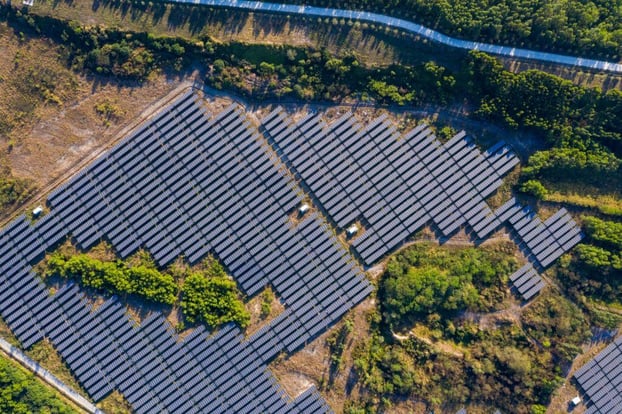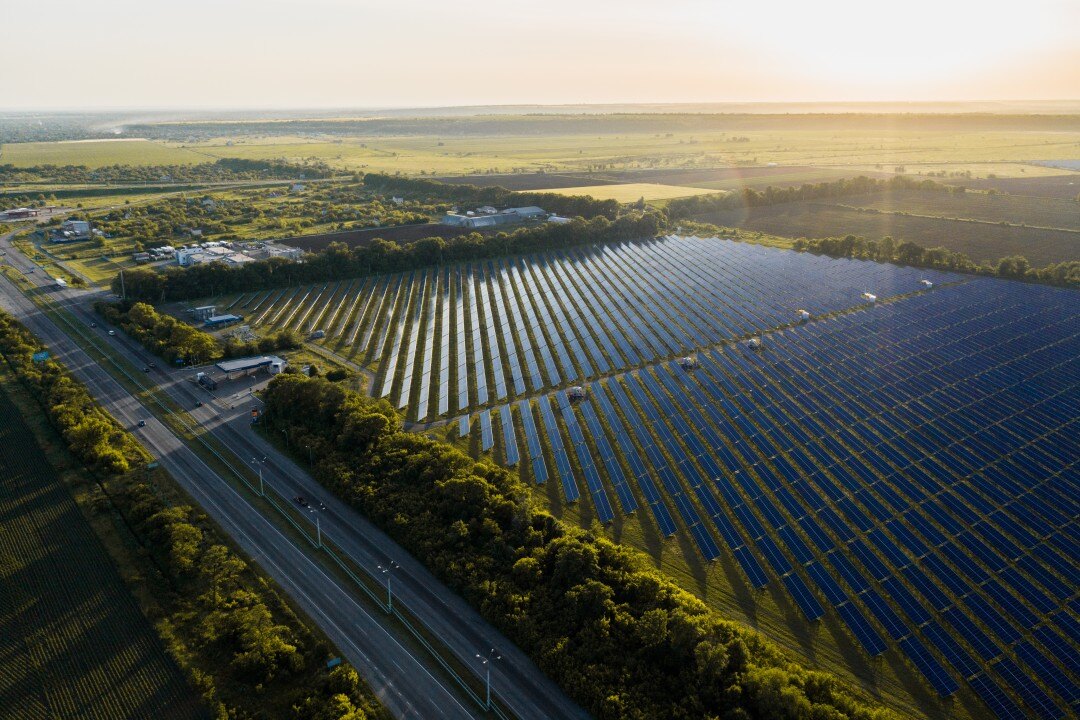Overcoming the Challenge of Data Granularity

Stay in touch
Subscribe to our newsletter for expert insights, company updates, and the latest in renewable energy management solutions.
This is the seventh article in an eight-part series about the top four challenges in solar performance monitoring and how to overcome these challenges.
THE DATA GRANULARITY CHALLENGE
As we discussed in the third article in this series, the purpose of solar monitoring software is to characterize the operational performance of the plant’s equipment so we can ensure the equipment is performing well. For the solar asset class, this is particularly difficult because the electric generators for large-scale solar systems (solar modules) are not metered.
All other electric generation asset classes attach many sensors to the electric generators. A gas turbine, for example, has hundreds of data tags per generator. The typical wind turbine has over a hundred sensors monitored. A solar PV module has no sensors — yet it is the sum of all of these little generators that ultimately generate all the electricity delivered by a solar power plant.
So, if we can’t “see” the electric generators from our solar monitoring software, how can we hope to know the operational health of these assets and the equipment that connects them to an inverter? This is the challenge of granularity in the solar asset class and the reason Power Factors developed Drive Pro, our innovative asset performance management (APM) software platform for solar.
GRANULARITY AND ENERGY MODELS
If we need granular monitoring capabilities to tease out performance losses in the DC array, why not just add sensors to the modules of large-scale solar power plants like other asset classes do?
The industry has not taken this approach because the volume of generators for a solar power plant is about 500,000 times greater than an equivalent fossil power plant. Adding sensors to PV modules simply isn’t economical. And, if module-level sensors ever do become economically feasible, Drive Pro’s confidence factor in identifying PV array performance problems will only get better.
In the meantime, we need to work with the data we’ve been dealt.

WORKING WITH THE DATA YOU’RE DEALT
As discussed in the previous articles in this series, most PV performance losses occur in the DC array and are very difficult to find with automated methods. Typical grid-connected PV plants monitor the array at the inverter AC terminals and sometimes at its DC terminals. The Drive Pro asset performance management (APM) platform includes energy models at the most detailed level — the PV module itself — and for every energy asset between the module and the inverter, including the trackers.
What’s Your Data Capable of Telling You?
If the plant has only inverter AC power metering, we still can know a lot about the performance of the DC array equipment. Drive Pro’s innovative Data Capability module assigns a score to each asset based on the current level of instrumentation quality available at the site.
Sites with a higher Data Capability score will be able to detect energy losses deeper in the array and with a higher confidence factor. Conversely, sites with a lower Data Capability score will be able to detect only energy losses closer to the inverter and/or with a lower confidence factor.
Once the threshold Data Capability score is met, Drive Pro is able to detect DC array performance problems, but analysts and technicians might need to spend more time on diagnostic work for less “data-capable” sites.

Granularity and Problem Identification
Sites that have DC voltage and/or current sensors at the inverter input terminals or at the combiner box level will be able to take advantage of performance failure signatures at a very discrete level in the array. Drive Pro’s DC Outage and DC Characterization tools are enabled when DC voltage and current data are available.
Inferring Upstream Effects with Downstream Data
For less well-instrumented sites, Drive Pro can infer upstream effects from downstream data. For example, with access to inverter power monitoring data only, Drive Pro can detect combiner box outages or array soiling, but not module or string level outages. For other DC array losses, inverter monitoring will detect a problem, but not be able to identify the exact asset(s) affected.
Drive Pro loves data — the more, the better — and can generate powerful advanced analytics insights even for plants that only have inverter power monitoring.
Granularity and Energy Accounting
It is important not only that losses are identified but that they are accurately accounted for as a part of the overall energy balance of the plant. If energy accounting by type and asset are not done correctly, double counting of losses can occur.
Not only is this a violation of the first law of thermodynamics, it also creates misleading key performance indicators and performance reports. Worse yet, analysts and technicians may waste their time looking for problems that don’t actually exist.
Drive Pro uses a standardized loss categorization system and maintains an overall plant energy balance to ensure losses are not double counted. If the site’s Data Capability does not allow for a clear specification of a loss, those losses are put into the “Residual” category, meaning Drive Pro knows there are losses but lacks the information needed to confidently allocate those losses to specific categories or assets.
SUMMARY
If the data granularity problem is not addressed, your monitoring system will either not be able to detect where PV performance losses are located or it will incorrectly allocate their magnitude. Either way, losses will remain losses and team effectiveness will be underutilized.
Drive Pro was developed to address the challenge of solar performance granularity. With a few clicks, a user can drill down to better understand underlying problems specific to a plant and its equipment and then confidently create an action plan to address the issues.
Want to learn more about how Power Factors’ Drive Pro asset performance management (APM) platform helps you overcome the challenge of granularity?
Steve Hanawalt is EVP and Founder at Power Factors.





